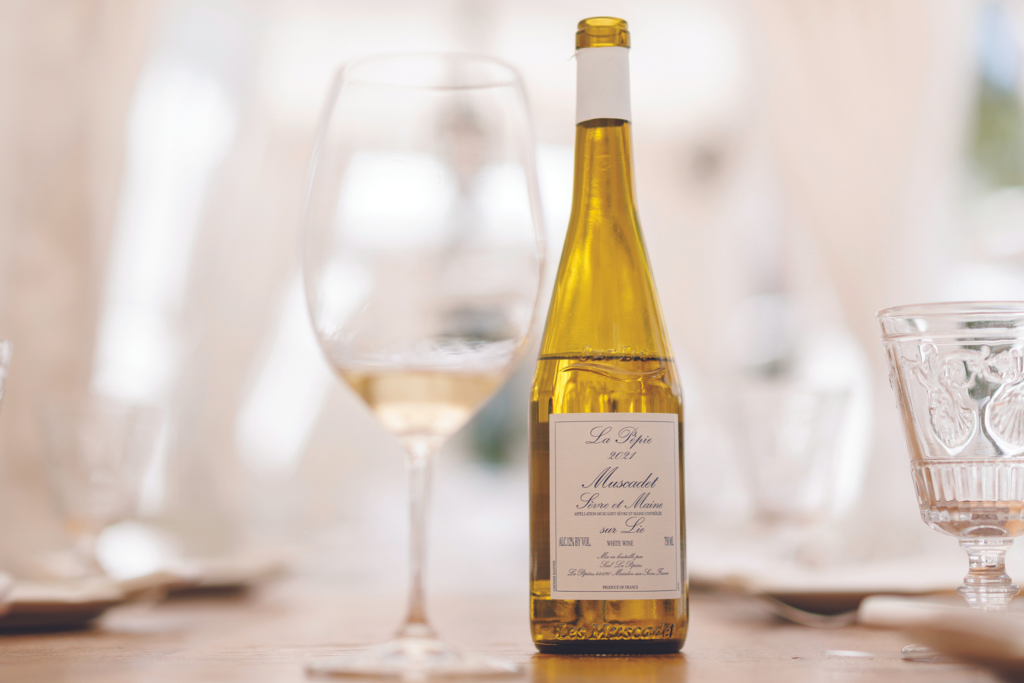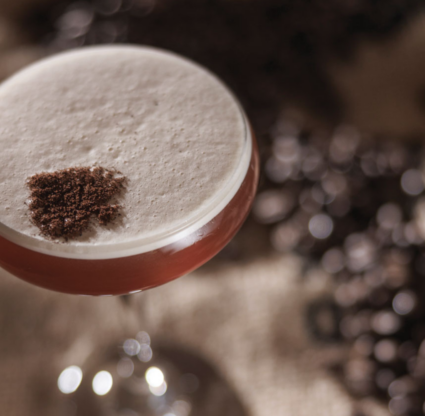Extending from the Atlantic Ocean nearly 600 miles to France’s Auvergne—where mineral-rich thermal water runs through spa towns like Vichy—the Loire Valley is known more for its Renaissance-era castles than its chenin blanc. But France’s third-largest wine region is one of the most diverse in the world, with vineyards on volcanic soil producing Beaujolais-style gamay and châteaux creating mineral muscadets that smell like you’re swirling the sea in your glass. “While Burgundy does chardonnay better than any other region in the world, the Loire offers a beautiful array of white wines, from laser-focused, acidic sauvignon blancs in the eastern Loire to mineral, seafood muscadets in the west,” The Continental’s sommelier, Michael Baker, says.
Michael’s especially fond of white wine for its nuance, beauty and elegance, which he says can fall by the wayside in reds. He loves vin blancs in their many forms—all Champagne; chardonnay from Burgundy; German riesling, both dry and off-dry varieties; and he’s increasingly interested in California chardonnay as American winemakers move from overly oaked chardonnay to a more elegant, Burgundian style. But France has his heart. “France is where most of my love for white wine comes from—it’s really an art form there,” he says. He finds the fairytale-like landscape adds to the charm of regions like Burgundy and the Loire Valley.
One of the best wines on the restaurant’s menu—and one of Michael’s all-time favorites—is Domaine de la Pépière Muscadet Sèvre et Maine sur Lie “La Pépie.” The organic Melon de Bourgogne, bright and crisp with a touch of salinity, is perfect for Southwest Florida’s weather. “If you’re having seafood and not drinking muscadet, you’re doing it wrong,” Michael jokes.
The biodynamic winery’s vines crawl up the surrounding hillsides and along the valley’s namesake river. The dry, granitic soil offers a bone-dry minerality, beautiful acidity and a briny quality with a hint of lemon verbena on the nose that makes for a stellar pairing for raw oysters. It’s not an expensive wine, Michael is quick to point out, but it’s also not easy to get—The Continental only receives two cases a year. La Pépie is an important cuvée for the somm since it can be a gateway wine to the Loire Valley for those who have only been acquainted with the region’s signature Sancerre. La Pépie has a similar minerality but with slight salinity that “puts you by a beach wherever you are.”
The 30-year-old sommelier and sixth-generation Floridian’s proper introduction to wine came when The French opened on Fifth Avenue South in 2017. When Michael joined the team as a server, he couldn’t tell one wine from the other. “I was in way over my head,” he says. Everything seemed to click when master sommelier Michael McNeil led a seminar for the restaurant staff and broke down the subject asking a few simple questions: What do you taste? What do you like and what don’t you? The budding food industry pro then moved to Denver. After a stint as a server at Uchi and James Beard Award-winning chef Alex Seidel’s Mercantile Dining and Provisions, he returned to Naples and began his first role as a sommelier at The Continental in the fall of 2020. “My philosophy now, when it comes to wine, is all about demystifying how daunting it can sometimes be. I don’t want it to feel like a pretentious hobby,” says Michael, who is studying to pass the Court of Master Sommeliers Level 2.
In Naples, the somm has seen a shift from summertime-favorite rosé to the Loire hallmark sauvignon blanc Sancerre. “I think it’s many people’s first intro to the Loire without them even realizing it,” Michael says. “The high-acid, easy-to-drink wine works well in Naples, which is very much a chardonnay town.”
If a guest wants a Sancerre, the sommelier points to Claude Riffault’s single-vineyard bottle, a richer and deeper sauvignon blanc with “all the enamel-erasing acidity and minerality that makes Sancerre so special to me.” Once someone wants to expand their palate, he may suggest something like Didier Dagueneau’s Pouilly-Fumé. While most people drink sauvignon blanc young and fresh, these wines are unique in the region for their barrel-aging and only get better with time in the bottle as fruit characteristics move from bright to rounder flavors. The wine isn’t for everyday drinking—the production is so small, the bottles are meant to be savored—but the age-worthy bottles, meant to be enjoyed around that 10-year mark, can rival some of the better chardonnays in Burgundy. The oak-aged Pouilly-Fumé is flinty and full of minerality, with a nutty roundness on the back end that pairs well with The Continental’s yellowtail carpaccio, lobster and burrata salad, and sweet pea pancakes with crab and caviar.
For wine geeks, Michael notes that the chenin blanc from Damien Laureau in Savennières has nothing you’d think you would want in a wine. He calls it “funky but clean, a cheese-course wine.” Since it’s intended to be aged, you trade freshness for a savory quality reminiscent of Brie rind and honey. “It’s the most unique of the bunch, for sure, and definitely for the adventurous,” he says. The producer is experimenting with picking grapes just as they turn yellow instead of the traditional Savennieres ‘green grapes’ to take advantage of the richness the sun lends. The mineral-focused, sharp-edge wines are rich in texture and their residual sugar beg for a charcuterie pairing. “This is wine you want to stare at in the glass for five minutes asking, ‘What am I drinking?’ before taking the second sip,” Michael says, adding that fans of funky natural wines will appreciate this bottle.
East, up the Loire River, Domaine Huet in Vouvray produces a classic example of dry chenin blanc that Michael says you could both start and end a meal with. Sporting the beautiful richness of chardonnay in addition to the brisk acidity of a sauvignon blanc, these chenins stand up to more decadent dishes, such as a cauliflower risotto with truffle carpaccio and poached oysters laden with beurre blanc and caviar. Domaine Huet’s wines reflect why The Continental’s sommelier is such a fan of the Loire Valley. The winery is dedicated to employing organic and biodynamic farming in their growing. “They’re not forcing the land to work for them, and that’s true for the entire valley,” he says, adding there is honesty and integrity in the viticulture process. “They’re stewards of the land and a leading force in France for that kind of winemaking.”





